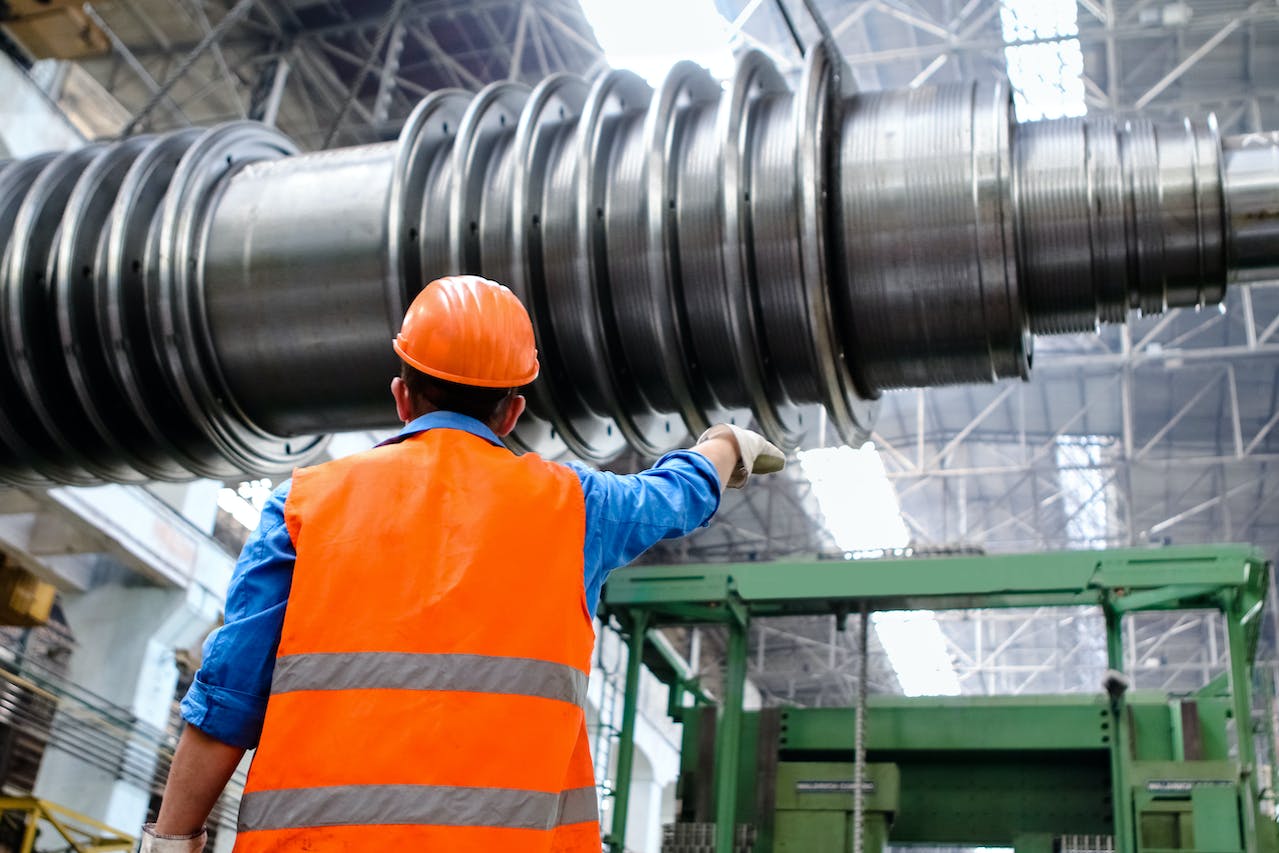Maintenance is an essential aspect of machine manufacturing, and it involves various activities aimed at preserving and improving equipment’s performance, reliability, and lifespan. Preventive maintenance and predictive maintenance are two common types of maintenance that manufacturers use to ensure their equipment operates optimally. Both methods involve regular inspections, testing, and maintenance, but they differ in their approach and objectives. In this article, we will discuss the differences between predictive maintenance and preventive maintenance in machine manufacturing.
Preventive Maintenance
Preventive maintenance is a maintenance approach that involves regularly scheduled maintenance tasks to prevent equipment failure. The aim of preventive maintenance is to prevent unplanned downtime, reduce repair costs, and extend equipment lifespan. Preventive maintenance involves regularly inspecting and testing equipment, replacing worn-out parts, and performing routine maintenance tasks such as cleaning, lubrication, and calibration.
Preventive maintenance is based on the concept that equipment has a predictable lifespan, and maintenance tasks can be scheduled based on this lifespan. For example, if a machine’s bearings are designed to last for 1000 hours of operation, preventive maintenance tasks may include replacing the bearings after every 800 hours of operation. This approach is based on the assumption that equipment components wear out predictably, and regular maintenance can prevent equipment failure and extend its lifespan.
Some of the advantages of preventive maintenance are:
- Reduced downtime: Regular preventive maintenance tasks can prevent equipment failure and reduce downtime.
- Extended equipment lifespan: Preventive maintenance can extend the lifespan of equipment and reduce the need for costly replacements.
- Improved safety: Preventive maintenance can identify potential safety hazards and prevent accidents.
Some of the disadvantages of preventive maintenance include:
- High cost: Preventive maintenance can be expensive, particularly if equipment components are replaced before they reach the end of their lifespan.
- Disruption to operations: Preventive maintenance can disrupt production schedules and affect productivity.
- Inefficient use of resources: Preventive maintenance tasks may be performed when they are not necessary, leading to inefficient use of resources.
Predictive Maintenance
Predictive maintenance is a maintenance approach that involves using data and analytics to predict equipment failure and schedule maintenance tasks accordingly. The aim of predictive maintenance is to minimize equipment downtime, reduce maintenance costs, and improve equipment performance. Predictive maintenance involves collecting data from equipment sensors, analyzing this data using algorithms, and using the insights gained to schedule maintenance tasks.
Predictive maintenance is based on the concept that equipment failure is not random, and there are usually warning signs that can be detected before the equipment fails. For example, a machine’s temperature may increase before a bearing fails, or its vibration levels may increase before a motor fails. By monitoring these indicators, predictive maintenance can detect potential equipment failure and schedule maintenance tasks to prevent the failure from occurring.
Some of the advantages of predictive maintenance include:
- Reduced downtime: Predictive maintenance can detect potential equipment failure and schedule maintenance tasks before the failure occurs, reducing downtime.
- Improved equipment performance: Predictive maintenance can identify performance issues and schedule maintenance tasks to improve equipment performance.
- Lower maintenance costs: Predictive maintenance can reduce maintenance costs by minimizing the need for unplanned maintenance and reducing the likelihood of equipment failure.
However, some of the disadvantages of predictive maintenance are:
- High implementation costs: Predictive maintenance requires specialized sensors and analytics software, which can be expensive to implement.
- Complex analytics: Predictive maintenance requires complex algorithms to analyze data accurately, which can be challenging to develop and maintain.
- Lack of data: Predictive maintenance relies on data from sensors, and if sensors are not installed or not functioning correctly, the predictive maintenance approach may not be effective.
Comparison between Predictive Maintenance and Preventive Maintenance
Predictive maintenance and preventive maintenance have some similarities, but they differ in their approach and objectives.
Predictive Maintenance at MontBlancAI
MontBlancAI firmly believes that predictive maintenance is a more efficient approach to machine maintenance. As such, we have taken steps to address some of the drawbacks associated with this maintenance approach.
High implementation costs
One such drawback is the high implementation costs.
Many manufacturers and operators find the cost of implementing software to monitor machine data to be prohibitively expensive. However, our tool aims to make predictive maintenance more accessible by streamlining the implementation process and reducing costs.
Our tool is designed to be user-friendly and includes a range of features that make it easier for manufacturers and operators to implement predictive maintenance tasks at a lower cost than traditional tools.
Complexity of data analytics
Another drawback of predictive maintenance is the complexity of data analytics. Our tool aims to simplify the complex analytics associated with machine manufacturing data. With just a few clicks, users can easily access comprehensive analytics metrics.
Lack of data
Finally, we have found that a common issue with predictive maintenance is not the lack of data, but rather the difficulty in extracting and processing the available data. To address this issue, we partner with companies that make it easy to extract data from machines. Our software then takes care of the complex processing of this data.
In summary, MontBlancAI firmly believes in the efficiency of predictive maintenance and has taken steps to address some of the drawbacks associated with this approach. By streamlining the implementation process, simplifying analytics, and partnering with data extraction companies, we aim to make predictive maintenance more accessible to manufacturers and operators.



